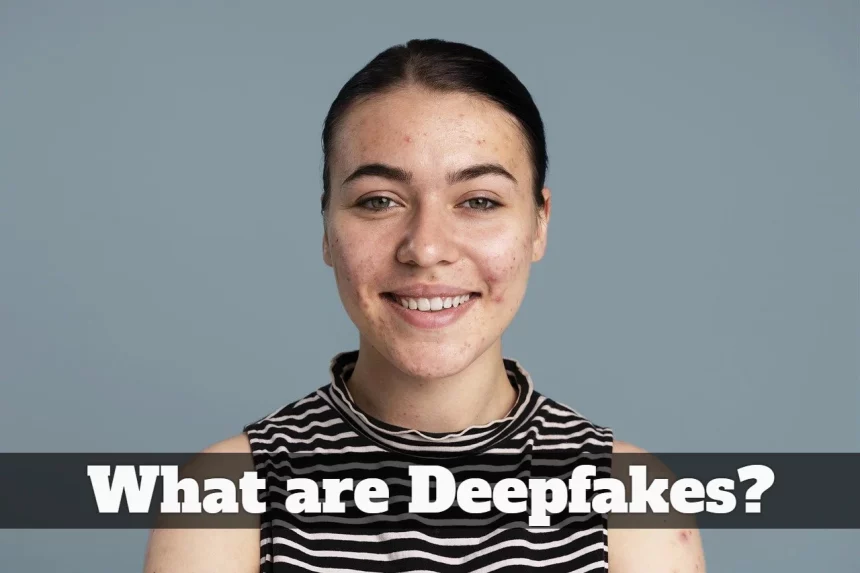Deepfakes is only a combination of “deep learning” and “fake,” which has emerged as a groundbreaking yet controversial facet of artificial intelligence. This technology leverages deep learning algorithms to create hyper-realistic videos or images, often featuring individuals saying or doing things they never did. In this blog post, we delve into the intricacies of deepfakes, exploring their societal impact, the questions they raise, potential profits, and the need for regulatory measures.
Unveiling Deepfakes

The Technology Behind the Technology
At the core of deepfakes lies the power of deep learning. It is a subset of machine learning that involves training neural networks on vast datasets. These networks learn intricate patterns and can then replicate or generate new content. In the context of deepfakes, this means mimicking facial expressions, gestures, and voices with remarkable accuracy. This subsection serves as a foundational understanding of the technology that fuels the creation of deepfakes.
Misinformation and Trust Erosion
One of the primary concerns surrounding deepfakes is their potential to spread misinformation. The ability to convincingly depict individuals in fabricated scenarios challenges the trustworthiness of visual and auditory information, impacting public discourse and opinion. It also raises profound privacy concerns, as individuals can find themselves unwittingly thrust into fabricated situations. The repercussions can extend beyond personal discomfort to professional and legal consequences, amplifying the need for robust privacy protections.
- Advertisement -
Opportunities and Profits of Deepfakes
While deepfakes pose challenges, they also open doors for innovation and creativity. Like in the entertainment industry, this technology can enhance special effects. It helps to recreate digital replicas of historical figures and offers new avenues for storytelling and artistic expression.
Marketing and Virtual Influencers
Beyond entertainment, deepfakes present opportunities in marketing, enabling the creation of virtual influencers and digital avatars. Brands can explore innovative ways to engage with audiences, leading to new avenues for profitable ventures.
Legal and Ethical Frameworks for Deepfakes
Legal frameworks are crucial to address the potential negative impact caused by this technology. Clear boundaries and consequences can deter malicious uses of the technology, providing a foundation for protecting individuals and maintaining societal trust.
Laws can play a pivotal role in safeguarding privacy rights and ensuring accountability for those who engage in malicious activities using deepfakes. Legal recourse becomes essential for victims of deepfake-related harm.
Conclusion
The rise of technology brings a complex set of challenges and opportunities for society. As we navigate this evolving landscape, it becomes imperative to strike a balance between harnessing the positive aspects of deepfake technology and mitigating its potential negative impacts. Regulatory measures, ethical considerations, and technological advancements will collectively shape the future of synthetic media.


